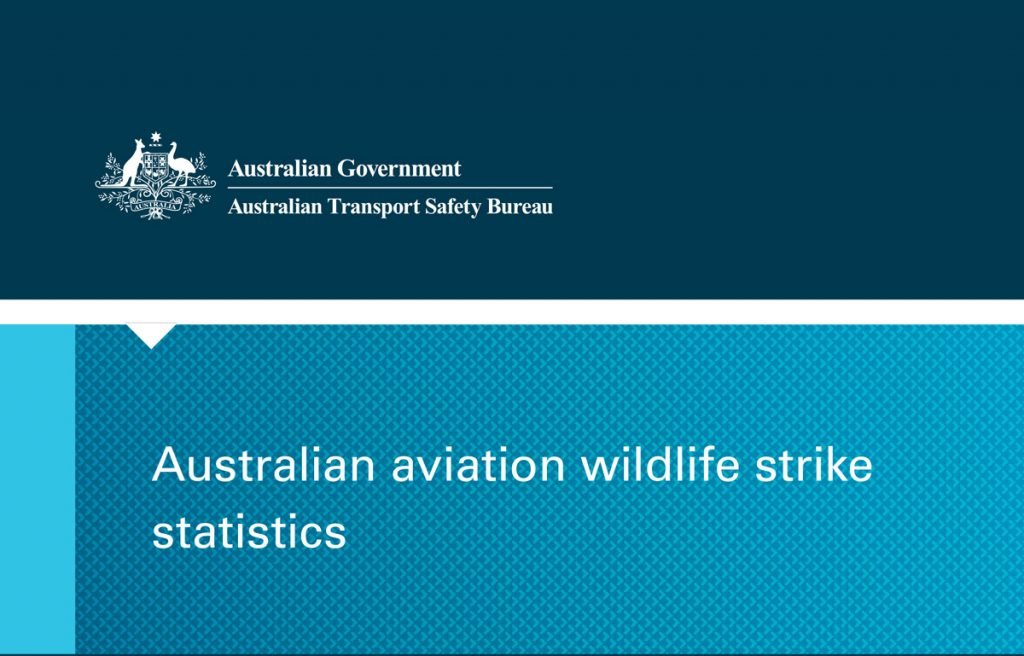The Australian Transport Safety Bureau (ATSB) is Australia’s national transport safety investigator. The ATSB’s function is to improve safety and they pull together all the information and present it to the public.
What the ATSB found
Between 2008 and 2017, there were 16,626 confirmed birdstrikes reported to the ATSB. The number of reported birdstrikes has increased in recent years, with 2017 having the highest on record with 1,921. Despite being a high frequency occurrence, birdstrikes rarely result in aircraft damage or injuries. Of the 16,626 birdstrikes in this reporting period, 99.8 per cent were classified as incidents, while 19 (~0.1 per cent) were classified as accidents and another five (~0.03 per cent) as serious incidents. Nine birdstrikes, or approximately 0.05 per cent of the birdstrikes in the ten years, resulted in minor injuries to pilots or passengers. There were no reported serious injuries or fatalities associated with a birdstrike occurrence in the ten-year period.
Domestic high capacity aircraft were those most often involved in birdstrikes, and the birdstrike rate per aircraft movement for these aircraft was significantly higher than all other categories. Both the number and rate of birdstrikes per 10,000 movements in high capacity operations have increased in the past two years 2016 – 2017. In contrast, the number of birdstrikes in low capacity operations and general aviation has remained relatively consistent in the most recent two years.
The number of birdstrikes involving a bird ingested into an engine in high capacity air transport operations has risen in recent years with about one in ten birdstrikes for turbofan aircraft involving a bird ingested into an engine. Additionally, over the ten-year reporting period, there have been 11 occurrences involving one or more birds ingested into two engines of turbofan-powered aircraft.
The five most commonly struck flying animals in the 2016 to 2017 period were flying foxes, galahs, magpies, and ‘bats’ (many of which were likely to be flying foxes) and plovers.
Compared to birdstrikes, non-flying animal strikes are relatively rare, with 396 animal strikes reported to the ATSB between 2008 and 2017. The most common animals involved were hares, rabbits, kangaroos, wallabies, and foxes. Damaging animal strikes mostly involved kangaroos and wallabies.
How can Avisure help you if you have issues at your airport? Contact us to find out.

